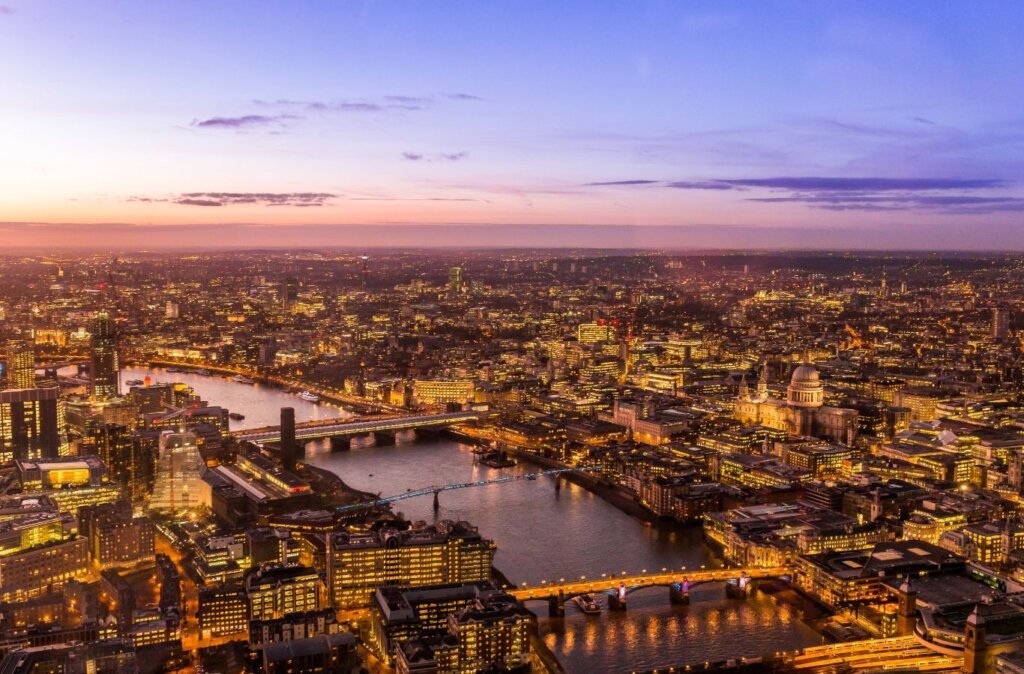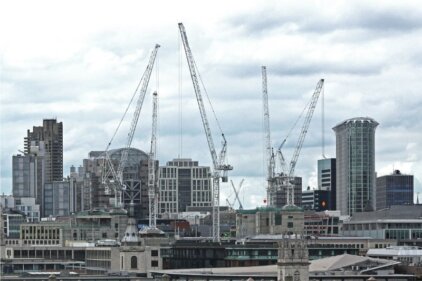As I walk the streets of London, I am constantly reminded of the rich history that surrounds me. The city’s vibrant past is etched into every corner, from its iconic buildings to its bustling streets. London, the capital of England, has a history that spans over two thousand years, and it is filled with fascinating facts and captivating stories. Join me as we delve into the depths of London’s history and uncover the secrets that lie beneath its surface.
London as the capital of England
London, often referred to as the “Big Smoke,” has been the capital of England since the 12th century. It is a city that has witnessed the rise and fall of empires, survived devastating wars, and emerged as a cultural and economic powerhouse. Its strategic location along the River Thames made it an ideal site for settlement, and it quickly grew in importance. Today, London stands as a symbol of British heritage, attracting millions of visitors each year.
Interesting facts about London’s history
Did you know that London was originally founded by the Romans in AD 43? The city, known as Londinium, was established as a trading port and soon became an important center of commerce. Over the centuries, London grew and prospered, and by the Middle Ages, it was one of the largest cities in Europe.
Another fascinating fact is that London’s iconic Tower Bridge is often mistaken for London Bridge. The original London Bridge was a simple stone structure, while the Tower Bridge, with its distinctive towers and drawbridge, was built later. Despite this confusion, the Tower Bridge has become one of London’s most recognizable landmarks.
A brief timeline of London’s events and important dates
To truly appreciate the depth of London’s history, let’s take a journey through time, exploring the significant events and dates that have shaped the city we see today.
- 43 AD: The Romans found the city of Londinium.
- 1066: The Norman Conquest brings William the Conqueror to London.
- 1666: The Great Fire of London devastates the city, leading to the rebuilding of much of the city’s architecture.
- 1801: The Act of Union unites Great Britain and Ireland, making London the capital of the United Kingdom.
- 1940-1945: London endures the Blitz during World War II, resulting in widespread destruction and loss of life.
- 2012: London hosts the Summer Olympics, showcasing its modern infrastructure and cultural diversity.
Exploring the iconic buildings of London
No visit to London would be complete without exploring its iconic buildings, each with its own unique story and architectural splendor. Let’s take a closer look at two of London’s most famous landmarks: the Tower of London and Buckingham Palace.
The Tower of London – a historic landmark
The Tower of London, located on the north bank of the River Thames, has a history that stretches back nearly a thousand years. Originally built as a royal palace, it later became a prison, a treasury, and a menagerie. Today, it stands as a symbol of London’s rich history and houses the Crown Jewels.
Visitors to the Tower of London can explore its ancient walls, walk along the famous ramparts, and even witness the ceremonial Changing of the Guard. The Tower’s Yeoman Warders, also known as Beefeaters, provide fascinating guided tours, sharing tales of intrigue, imprisonment, and execution that have taken place within its walls.
Buckingham Palace – the residence of the British monarchy
Buckingham Palace, located in the heart of London, is not only the official residence of the British monarch but also a symbol of the monarchy itself. With its grand façade and opulent interiors, it embodies the splendor and tradition of the British royal family.
Every summer, visitors have the opportunity to witness the Changing of the Guard ceremony, a spectacle that attracts crowds from around the world. The State Rooms of Buckingham Palace are open to the public during the summer months, allowing visitors to experience the grandeur of this historic building firsthand.
A tour of London’s top locations and iconic buildings
Now that we have explored some of London’s most iconic buildings and historic sites, it’s time to embark on a tour of the city’s top locations. From the Tower of London to Buckingham Palace, there is so much to see and discover in this vibrant metropolis.
Start your journey at the Tower of London, where you can immerse yourself in the city’s medieval past. Be sure to join a guided tour led by one of the Yeoman Warders, who will regale you with tales of the Tower’s history and inhabitants.
Next, make your way to Buckingham Palace to witness the Changing of the Guard ceremony. As you marvel at the grandeur of this royal residence, take a moment to imagine the pomp and pageantry that has unfolded within its walls over the centuries.
Continue your tour by visiting the British Museum, where you can explore its extensive collection of art and artifacts. From ancient Egyptian mummies to Greek sculptures, the museum offers a fascinating journey through time and across civilizations.
Finally, make your way to St. Paul’s Cathedral, where you can admire its stunning dome and intricate interior. Climb to the top of the dome for panoramic views of the city, and take a moment to reflect in the Cathedral’s tranquil crypt.
Discover the rich tapestry of London’s history
As we come to the end of our journey through London’s history, we have scratched the surface of the fascinating facts and stories that lie beneath the city’s surface. From its Roman origins to its modern-day splendor, London is a city that has stood the test of time and continues to captivate visitors from around the world.
So, whether you are strolling along the banks of the River Thames, exploring the historic streets of the City of London, or marveling at the grandeur of Buckingham Palace, take a moment to appreciate the rich tapestry of London’s history that surrounds you.





